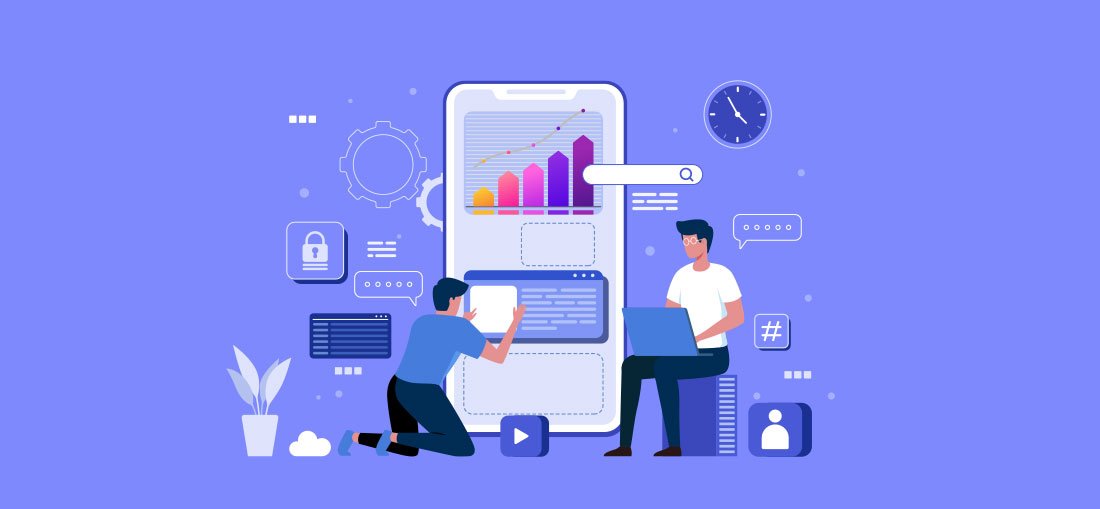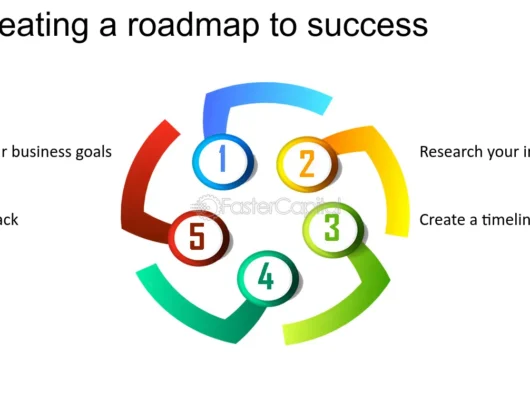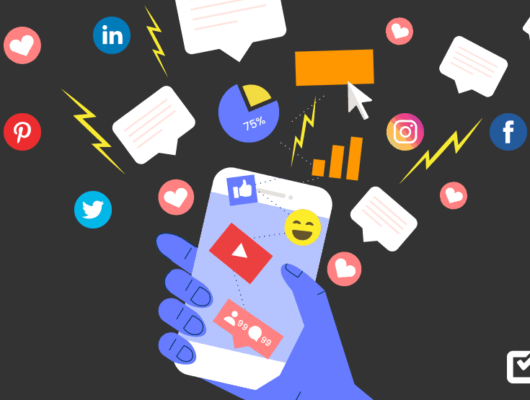One of the key advantages of advertising on Facebook is its robust targeting capabilities. With billions of active users, Facebook allows you to zero in on the exact audience that’s most likely to engage with your brand.
In this article, we’ll explore how to define and target your audience on Facebook effectively, ensuring your ads reach the right people and drive the best results.
1. Why Targeting the Right Audience Matters
- Why It Matters: Effective targeting is crucial because it ensures your ads are shown to users who are most likely to be interested in your product or service. This not only improves your return on investment (ROI) but also helps build a more engaged and loyal customer base.
- Key Benefits:
- Higher Conversion Rates: Ads tailored to specific audiences are more likely to convert.
- Cost Efficiency: Reducing wasted spend by only targeting users who are relevant to your business.
- Better Customer Insights: Understanding your audience’s preferences can inform your broader marketing strategy.
2. Start with Audience Research
- Why It Matters: Before creating your Facebook ad campaign, it’s essential to understand who your ideal customers are.
- How to Do It:
- Analyze Existing Customers: Look at your current customer base to identify common characteristics such as age, gender, location, interests, and buying behavior.
- Use Facebook Audience Insights: This free tool provides detailed data on your audience, including demographics, page likes, location, activity, and more.
- Conduct Surveys: Ask your current customers about their preferences, challenges, and what they value in your products or services.
3. Define Your Target Audience
- Why It Matters: Clearly defining your target audience allows you to create more effective and personalized ads.
- How to Do It:
- Demographics: Start with basic demographics such as age, gender, location, and language.
- Interests: Target users based on their interests, hobbies, and activities. For example, if you sell fitness equipment, you might target people interested in health and wellness, gyms, or specific sports.
- Behavior: Consider targeting users based on their behavior on and off Facebook, such as purchase history, device usage, or travel habits.
- Custom Audiences: Create custom audiences using your customer lists, website traffic, or app activity. This allows you to target people who have already shown interest in your business.
4. Utilize Lookalike Audiences
- Why It Matters: Lookalike audiences help you find new potential customers who are similar to your existing audience.
- How to Do It:
- Create a Source Audience: Use a custom audience, such as your email list or website visitors, as the basis for your lookalike audience.
- Adjust Audience Size: Facebook allows you to choose the size of your lookalike audience, from 1% to 10% of the population in your chosen location. A smaller percentage will be more similar to your source audience, while a larger percentage will give you a broader reach.
5. Segment Your Audience for Better Results
- Why It Matters: Segmenting your audience allows you to tailor your messaging and offers to different groups, increasing the relevance of your ads.
- How to Do It:
- By Demographics: Create segments based on age, gender, or location to target specific groups with tailored content.
- By Purchase Behavior: Target users who have previously purchased from you with upsell or cross-sell offers.
- By Engagement Level: Target highly engaged users with new offers, and re-engage those who haven’t interacted with your brand in a while with a special promotion.
6. Test and Optimize Your Audience Targeting
- Why It Matters: Testing different audience segments helps you identify which ones respond best to your ads.
- How to Do It:
- A/B Testing: Run A/B tests with different audience segments to see which performs better. For example, test ads targeting different age groups or interests.
- Adjust Based on Performance: Use Facebook Ads Manager to monitor the performance of your campaigns. If one audience segment is outperforming others, allocate more budget to it, or refine your targeting based on the insights you gather.
7. Retargeting: Engage Users Who Know Your Brand
- Why It Matters: Retargeting allows you to reach users who have already interacted with your brand, increasing the likelihood of conversion.
- How to Do It:
- Website Retargeting: Target users who have visited your website but haven’t completed a purchase. Show them ads with the products they viewed or similar items.
- Engagement Retargeting: Target users who have engaged with your Facebook or Instagram posts, videos, or ads. Encourage them to take the next step, such as signing up for a newsletter or making a purchase.
8. Monitor and Refine Your Targeting Strategy
- Why It Matters: Audience targeting is not a one-time task. Continuous monitoring and refinement are key to staying relevant and maximizing ROI.
- How to Do It:
- Review Campaign Performance: Regularly check your campaign metrics to see how your audience is responding. Metrics like click-through rate (CTR), conversion rate, and cost per conversion can provide valuable insights.
- Refine Audience Segments: Use the data to fine-tune your audience segments. For example, if you notice that a particular age group is converting better, you might want to focus more on that segment.
Conclusion
Defining and targeting your audience on Facebook is essential for creating effective ad campaigns that deliver results.
By understanding who your audience is, segmenting them effectively, and continuously refining your strategy, you can ensure your ads reach the right people at the right time.






